Even though we ended up leaving Singapore earlier than expected, I didn’t want to miss the opportunity to have a few final words about two remarkable years in the island city-state before we move on. So, emotional aspects aside, I put together some facts about living in Singapore that hopefully are valuable for anyone considering relocating or moving to the city-state in South-East-Asia. And if you are not planning to do so, I hope you still enjoy my little journey of reminiscence.
By the way, if you are looking for general information about the city-state, head over to 10 facts about Singapore, where I have summed up the basics before.
Singapore Basics:
-
Size: 281,3 mi²/ 728.6 km² (Singapore is one of the 20 smallest countries in the world)
-
Population 5.5 million, with 20-25% being foreigners
-
Languages: English, Tamil, Malay, Mandarin Chinese
-
Currency: $ Singapore Dollar (SGD), 1 SGD ~ 0.74 USD, ~ 0.64 EUR
-
Other names: Singapura, Little Red Dot, Lion City
Living in Singapore is something that many people dream of as the island city-state ranks among the best countries for expats to live, due to favorable working conditions, a thriving economy, and a stable political system. This is to take with a grain of salt, however, since Singapore has massively changed during Covid-19 – in my opinion anyway.
The pandemic and its restrictions aside, Singapore is widely regarded as one of the safest countries in the world, according to the Global Peace Index, with consistently low crime rates, a transparent legal system, and a reliable police force supported by proactive citizens.
It is also a place with a strong economy, which is an important factor, especially if you are a foreigner. And, last but not least, it is incredibly clean and (p)lush. There is a reason Lee Kuan Yew, aka LKY, Singapore’s first and longest prime minister, introduced the concept of the “garden city” in 1967. Ever since then, the city development has worked on making Singapore even cleaner and greener, with buildings covered in walls of plants and streets and highways shaded with umbrella-like rain trees.
The Culture
Singapore is well-known for being a multi-radical and multicultural country. The majority of its citizen population is Chinese with 76.2%, while 15% is Malay and 7.4% is Indian. With that comes a great variety in religion too, with the majority being Buddhist or Taoist. This also reflects on the city-state federal holidays, which are a potpourri of international, and multi-religious holidays, such as Chinese New Year, Christmas (Christian), Deepawali (Hindu) Eid al-Fitr (Islam), and Vesak (Buddhist).
Collectivism vs Individualism
Unlike Western countries where an individual usually strives for themselves and gets recognition, Asian countries are generally considered collectivistic, meaning, the collective is preferred over the individual. Collectivism is more concerned about a group’s needs and interests, whereas individualism is more oriented towards one’s own concerns. Hence, in Singapore, the majority prioritizes the goal of society over personal needs and desires and values group harmony and modesty. This fundamental difference to individualistic cultures has an extensive impact on many aspects of life. It governs not only how people perceive themselves, but also how people interact with each other. Because collectivism values personal relationships more than individual characteristics, any behavior to highlight individual freedom and desire is inappropriate, which we would experience very well during the peaks of the pandemic.
While people would demonstrate for their personal rights and demand the end of lockdowns in Western countries, people in Singapore would laugh about “those egoistic westerners”. (Note: I am not cheering, nor solidifying for or against demonstrations during the pandemic but found this to be a great example to highlight the great differences in culture. In any way, public demonstrations are basically illegal in Singapore which speaks for itself, doesn’t it?). And concomitant, Singaporeans positively predict mask-wearing by mandate because they are willing to tolerate their personal inconvenience (if felt, anyway) for the good of many, while people from individualistic cultures may view mask-wearing as something that violates their freedom, personal choice, and autonomy.
Furthermore, the value of collectivism translates into many more aspects of life and social interaction. For example, children are expected to continue living with their parents at least until they start their own family, mostly even further. Or, in other words: You are only supposed to move in with your significant other once you are officially considered family, which leads to many people getting engaged in order to get an apartment. Even after moving out, children are always expected to care for their parents and grandparents and there is generally great respect for the elderly generation and seniors.
The work culture
I personally was never employed at a Singapore-based company, as rules and authorization have changed during our stay. however, from what I learned from working friends and my husband, the work culture in Singapore is very Asian-oriented and therefore quite different to what we are used to from Western countries. It follows a very hierarchical working system, with many rules and regulations, where it’s not favorable for staff to openly exchange ideas or ask questions. People usually establish some working pattern for others to follow. It is also not very common to go out for a lunch break with your colleagues or have dinner plans with your coworkers. As for the culture in general, there is huge respect for the elderly in workplaces and since Singaporean’s love to work until a high age, there are actually quite a lot of seniors working in public places like grocery stores, which always genuinely touched me.
THe Language & Communication
While English is claimed as one of the state’s official languages, people in Singapore actually speak Singlish, a creole language that originated with the arrival of the British in Singapore but was influenced by Chinese and other spoken languages in Singapore (Malay, Hokkien, Teochew, Cantonese, Tamil, Bengali, and Punjabi to name them all). You will hear the difference in the choice of words, the grammatical structure, and the sound of it: While English is stress-timed, Singlish is syllable-timed, which gives the sound of Singlish a staccato feel.
Some words used only exist in the Singlish language, although a total of 27 of them has made it to the Oxford Dictionary. I have talked about hawker centres and wet markets, but do you know what gahmen or Sinseh are?
Singlish also features suffixes that emphasize the word or sentence before, such as lah, leh, lor, or even ah. A typical Singlish expression would be “Don’t worry ah”.
Speaking of language, Singapore loves to use abbreviations, and that is not only in writing. Initialism is extremely common in the language. Many have become better known and more widely used than the complete form of the words they represent, with the most important category for government departments and public institutions. You better know the meaning behind CBD, HDB, and SHN to get along. This escalated a bit during Covid-19 and the various implemented phases and tiers, that started as abbreviations and received extensions and suffixes as the pandemic went on. I am just saying CBP2HA – no, it’s not a chemical formula, but the abbreviation of ‘Singapore’s Circuit Breaker Phase 2 Heightened Alert’ phase.
The city of Singapore is run like a business. Even though I did have my remarks about many things, rules, restrictions, and news that came up, I respect how they are communicated. Whatever the administration wants to emphasize, they usually do it in a pretty unique and clear way that is always on brand, if you can say that for a city-state. A hilarious but good example is this advertisement that the government would broadcast to convince everyone to get the Covid-19 vaccine. Cute ahhh??
However, speaking of communications, what might be uncomfortable to encounter for (western) foreigners is, that broadcast via TV and media is Government censored in Singapore. The Media Development Authority has the power to control all forms of journalistic content, with defamation suits being common and may sometimes be accompanied by a sedition charge that is punishable by up to seven years in prison. That explains why Singapore is currently ranked 160 out of 180 (!) by Reporters Without Borders in the Worldwide Press Freedom Index, which pretty much classifies it as “very bad”. So please keep that in mind when researching about Singapore, or reading any form of news in the country, which sadly even includes this blog to an extent. (There have been bloggers threatened with up to 20 years in prison if they don’t remove some sort of articles and fall into line. Yikes.)
The (very tropical) weather
As Singapore is located very close to the equator, its climate is characterized by uniform temperature and pressure, high humidity, and abundant rainfall all year round. Be prepared to sweat within seconds of walking outdoors and to not see the sun or bright skies too often, as it’s usually overcast. Malls and public spaces are very air-conditioned and hence freezing cold.
… and what to wear
As the weather in Singapore can change within minutes, everyone usually carries an umbrella and flip-flops to be prepared for any rainfall, plus a sweater or jacket to enter air-conditioned environments. I usually wore lightweight, slightly oversized clothing made out of viscose, cotton, or silk. Those materials allow air to flow in and around the skin, creating a cooling effect and absorbing sweat and moisture from the body. For casual walks or hikes, I usually would opt for workout clothes as those come with fabric performance that helps to moisture away from the body. It has also been mandatory to wear a mask whenever you leave your house for the time of the pandemic, so add that to your wardrobe list.
The Transport System and how to get around
Since we lived pretty centrally, we would be able to pretty much walk everywhere. That way of commuting gives you the opportunity to explore the city in the best way. Singapore is usually very walkable, with the main areas very well-connected. However, my daily steps, unfortunately, decreased significantly, when Singapore introduced the 24/7 mask policy, as the heat made (long) walks unbearable. In general, I can recommend you to take a bottle of water with you wherever you go, to prevent dehydrating.
Owning a car is extremely expensive, and almost not feasible for foreigners due to local laws and restrictions, so that’s not an option for most people, unfortunately.
If you don’t want to walk—and can’t afford a car—there’s great news: Singapore has a fantastic metro called MRT. You can get a prepaid card and travel for just a few cents from one side of the city to the other, and it’s pretty fast, too. However, I personally felt like it was not as well-connected, e.g. Robertson Quay didn’t have a close MRT, so we would either take the bus or walk, as I mentioned before.
And then there is one gem, called Grab (or more recently, Gojek, with another competitor coming on to the market), Singapore’s version of Uber that is incredibly cheap, and so efficient.
Compared to the majority of Southeast Asia, Singapore is considered somewhat fast-paced, but honestly, compared to other big players like New York, London, or even Berlin, life in Singapore felt very slow to me. I always assumed it’s because of the weather and the extreme climate, that dampens not only literally the air, but also movement and actions.
The cost of living
Singapore offers a very high standard of living, but this can come at a price. The city is often ranked as the most expensive country in the world to live in, which made me write an entire blog post dedicated to the costs of living in Singapore. There are ways to cut down on costs – living in HDBs (Singaporean public housing), only eating at hawker centers (which are regularly cheaper than cooking at home), and taking public transport – but you’ll likely still be spending more than you would at your home country, and certainly more than anywhere else in Southeast Asia.
And where to live in Singapore
Most expats rent a home in Singapore, and there are areas that are more popular than others. During our time in Singapore, I tried to cover the most fun and interesting neighborhoods with my guides so if you are interested in finding out more, make sure to check them out for valuable insights.
The following areas are the best places to live in Singapore, in my opinion anyway:
-
River Valley/Robertson Quay – The area we lived in and that we adored! Along the Singapore River, there are many cool coffee shops, restaurants, and sports studios as well as lush parks and recreational areas. Robertson Quay is also close to literally everything in the city (Orchard, Boat Quay, Tiong Bahru, CBD, you name it) – if you don’t mind walking. So if you appreciate living by the (upscale part of) Singapore River, this is your area.
-
Bugis/Kallang/Arab Street Area – Given its exceptionally central location, Kallang is arguably one of the best areas in Singapore to live in. It is diverse, colorful, and very multicultural. No wonder you find the Sultan Mosque right in the center of it (more in my guide). There is also Haji Lane, a vibrant street with lots of cute shops, and restaurants offering various cuisines, as well as the Atlas, one of the best bars in the world in a Badman-like building, right next to a shiny and posh hotel slash condo. So if you are all up for the mix, this area is right for you!
-
Tiong Bahru — a neighborhood with loads of personality, a more relaxed vibe, and a unique cafe culture. The quaint district is actually Singapore’s oldest (read more in my guide) and home to my favorite bakery with the fitting name ‘Tiong Bahru Bakery’. And although the area feels pretty enclosed and autark, it has easy access to central Singapore, China Town, and CBD.
-
Katong/Joo Chiat —A buzzy and very local-feel neighborhood, usually housing the more established expats in traditional shophouses and unique apartment layouts (compared to big condo housing in other areas). It’s a little far off from the city center though it offers everything you’ll need and more in its vibrant little streets. There’s so much more to learn about Joo Chiat in my neighborhood guide.
-
Tanjong Pagar/Telok Ayer — Just south of Chinatown, Tanjong Pagar is a bar scene paradise, complete with a central location. While charming historic shophouses line the streets, there are also a few modern skyrise housing apartments and condos, offering panoramic window fronts with breath-taking city views. There is an extensive neighborhood guide on my blog about Tanjong Pagar, too!
-
Holland Village – Used to be one of the most popular neighborhoods for expats, especially those with children, due to the close proximity to international schools and the great connection with the blue line. I personally think it is a little remote, far away, but if you like greenery and want to be only a stone’s throw from the large Botanical Garden and Bukit Timah Reserve, this might be your neighborhood.
Singapore Food Scene
If you’ve followed the blog for more than a minute, you will know that I am a foodie and that all I’ve done in Singapore during our two years there was pretty much checking out the best restaurants, bars, and coffee shops. The food in Singapore is generally a fantastic blend of Malay, Indonesian, and Chinese influence with a Singaporean twist. Still, you find lots of notable international and modern cuisines as well as the latest international food brands (speaking of L’adurée, Shake Shack, or Din Thai Fung), from around the world that add up to the extensive choice. I have to admit that I kind of miss the variety that Singapore offers, as it is unique, although it is pretty pricey too. However, you can always eat your way through all the famous hawker centres and local food stalls if you are on a budget, and I can guarantee you that you will still have a lot to explore.
The expat community
Last but not least, the expat community in Singapore is considered excellent, for all the given reasons and beyond. No wonder, there is a large community of foreigners – 1.3 million out of a population of 5.6 million — that makes the city feel like a truly international destination. It is also pretty easy to get in contact with others, though the ways might differ from where you are from.
While we tried to find our way into the community by hanging out in restaurants and coworking spaces, in the beginning, we realized pretty fast that the easiest way to get into groups is digital. Facebook and What’s Up are the main channels of communication, so there are tons of Facebook Groups with topics from general to specific. I personally met most of our friends through apps like Bumble BFF, Instagram, and Meet Up as well as local events (pre-covid).
Here are some Facebook Groups that are worth being a part of for valuable information and finding like-minded:
And here are links to the apps mentioned that I made most of my friends with:
Two Years in Singapore and a whole lotta experience!
It’s a wrap! Wow, this post turned out way longer than I had anticipated, but it was actually quite fun to look back at our life in Singapore, do some research and reminisce about the old times. I hope this is valuable for anyone considering moving to Singapore, or maybe even those living in Singapore already. Although I cannot claim to have had the best time of my life in the tropical city, it is truly a great place to live in general, and I personally worship all the experience that I have gained through the two years that will hopefully set me up for future relocation, with one being on the horizon. I am sure that I can tell you more about it very soon. Until then, stay safe and sane!

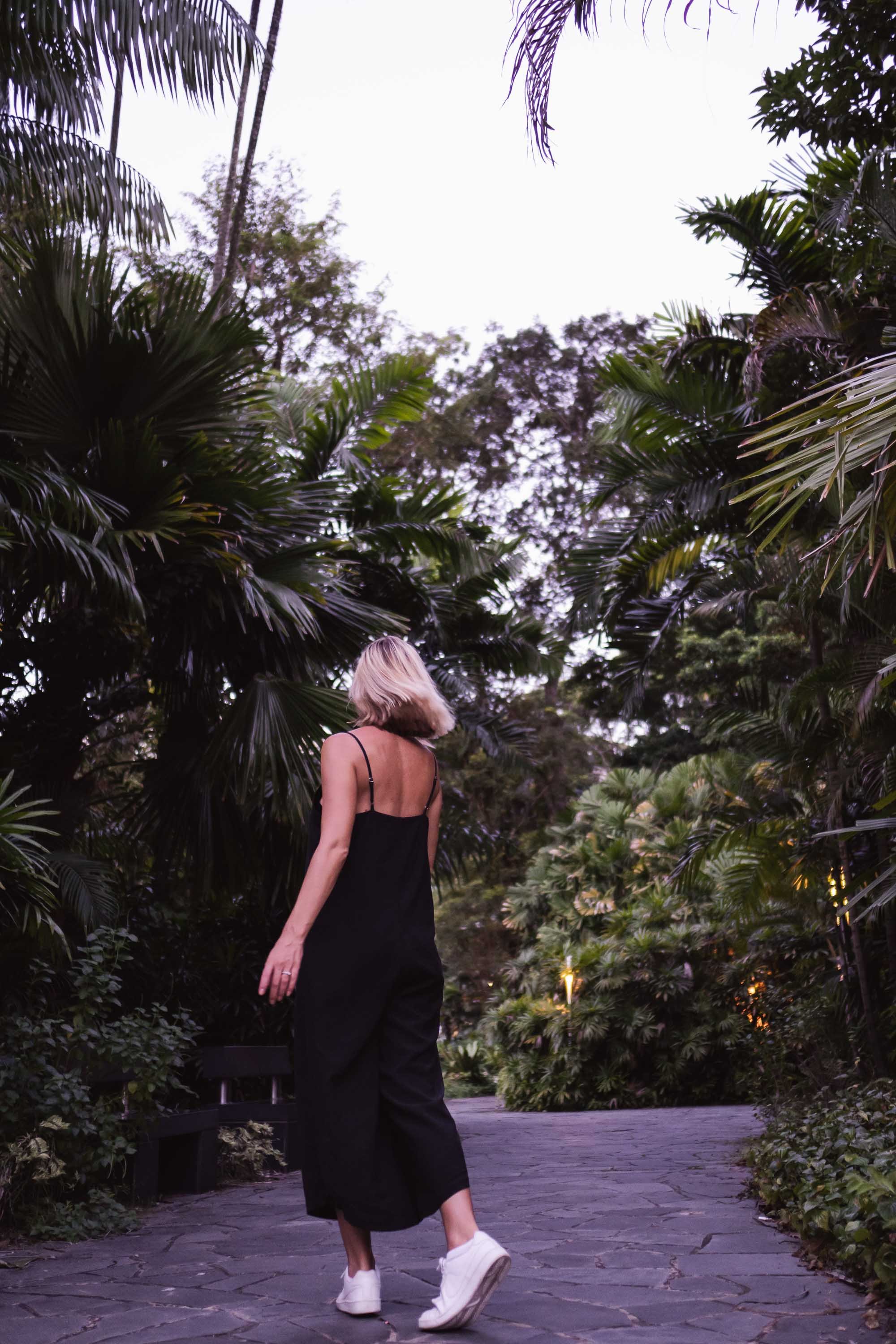











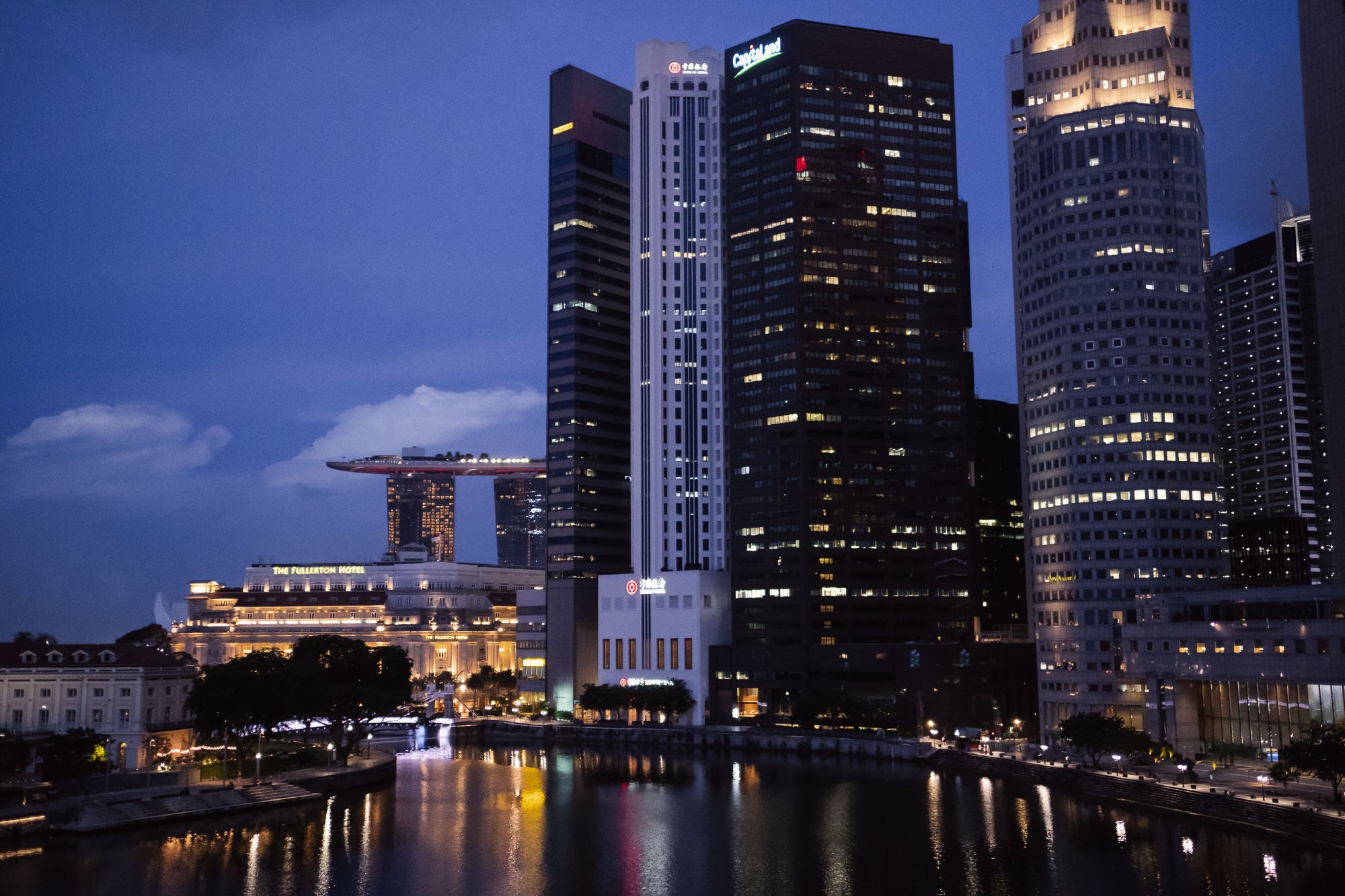
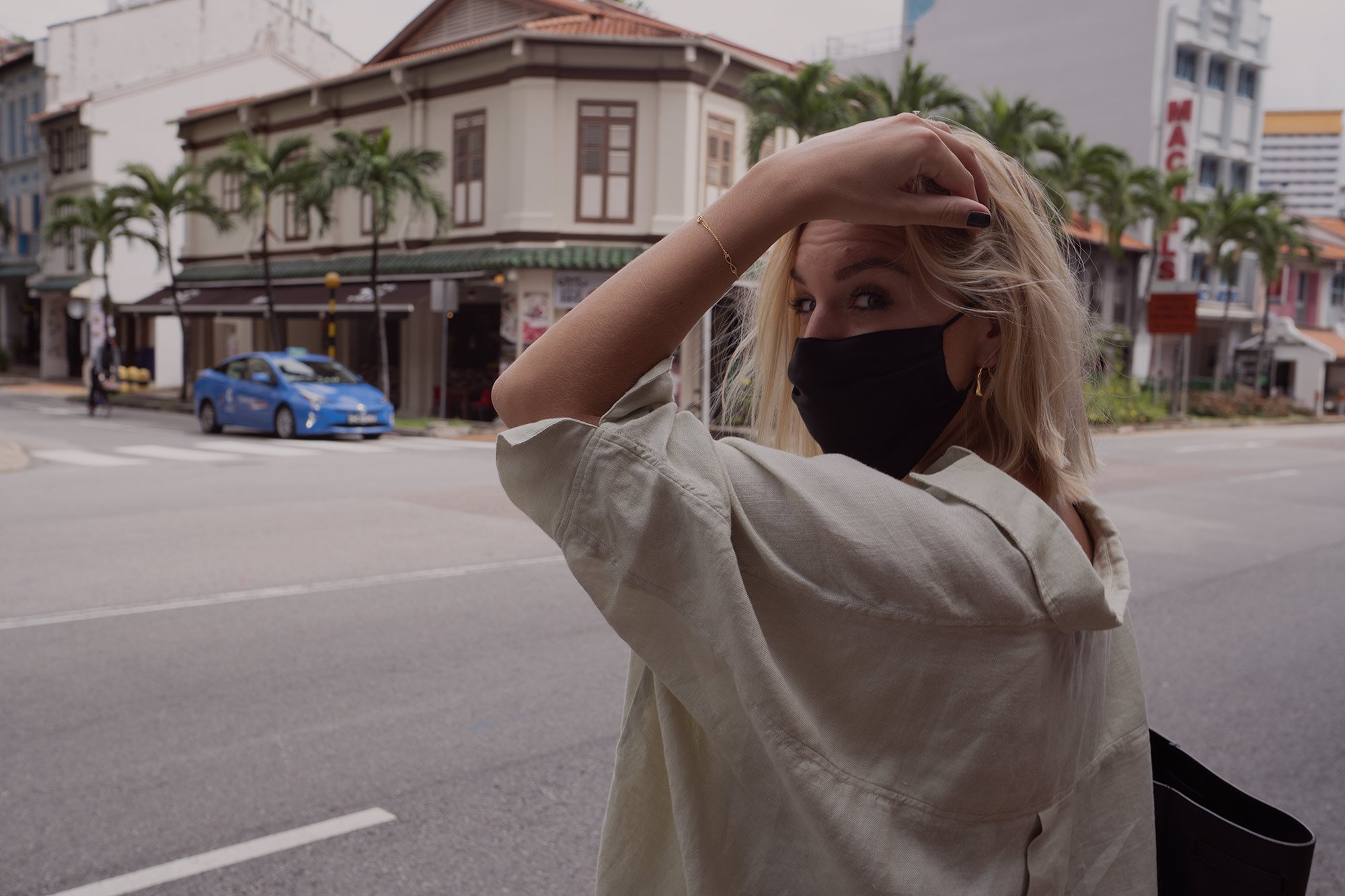
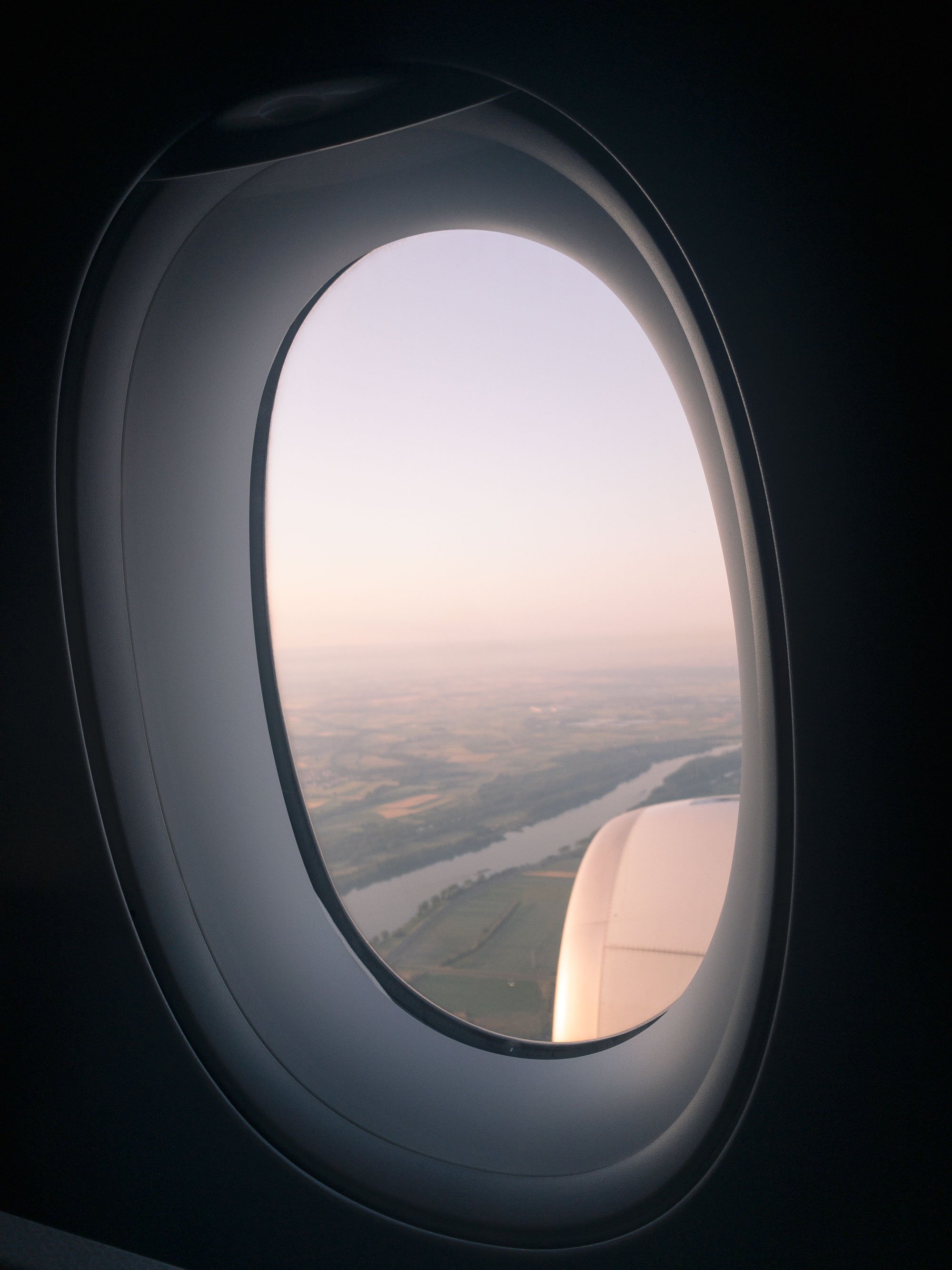

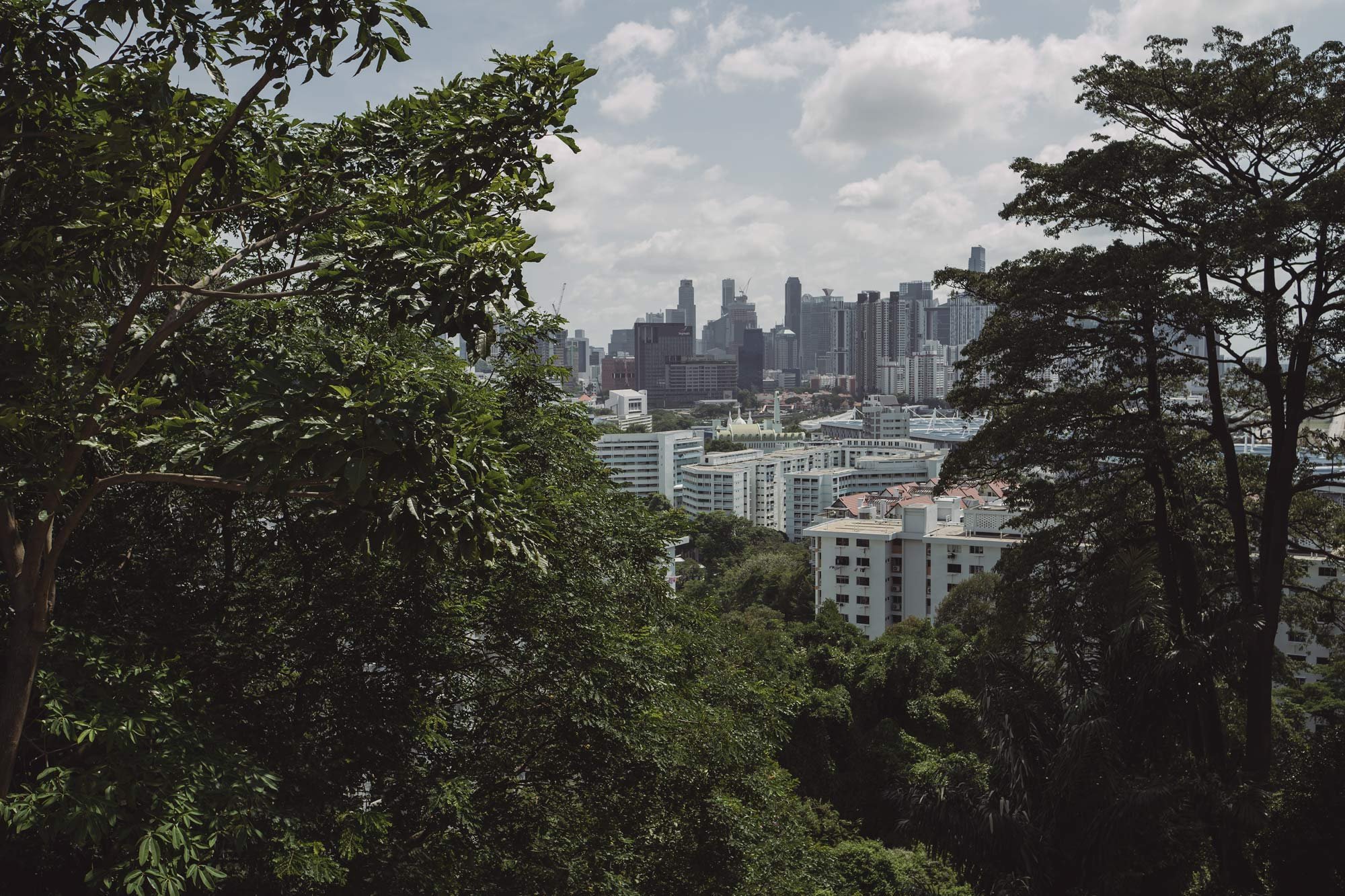

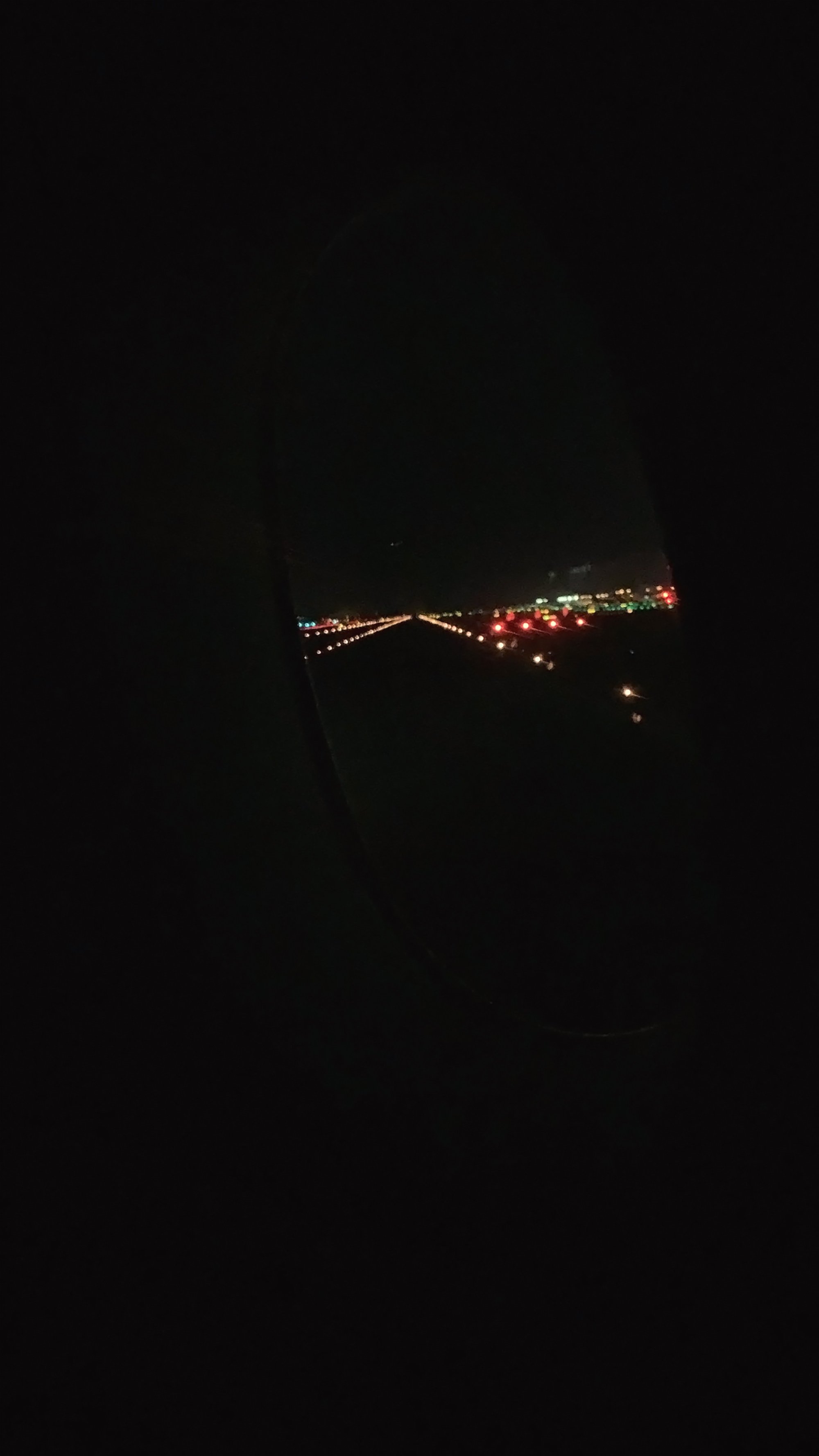



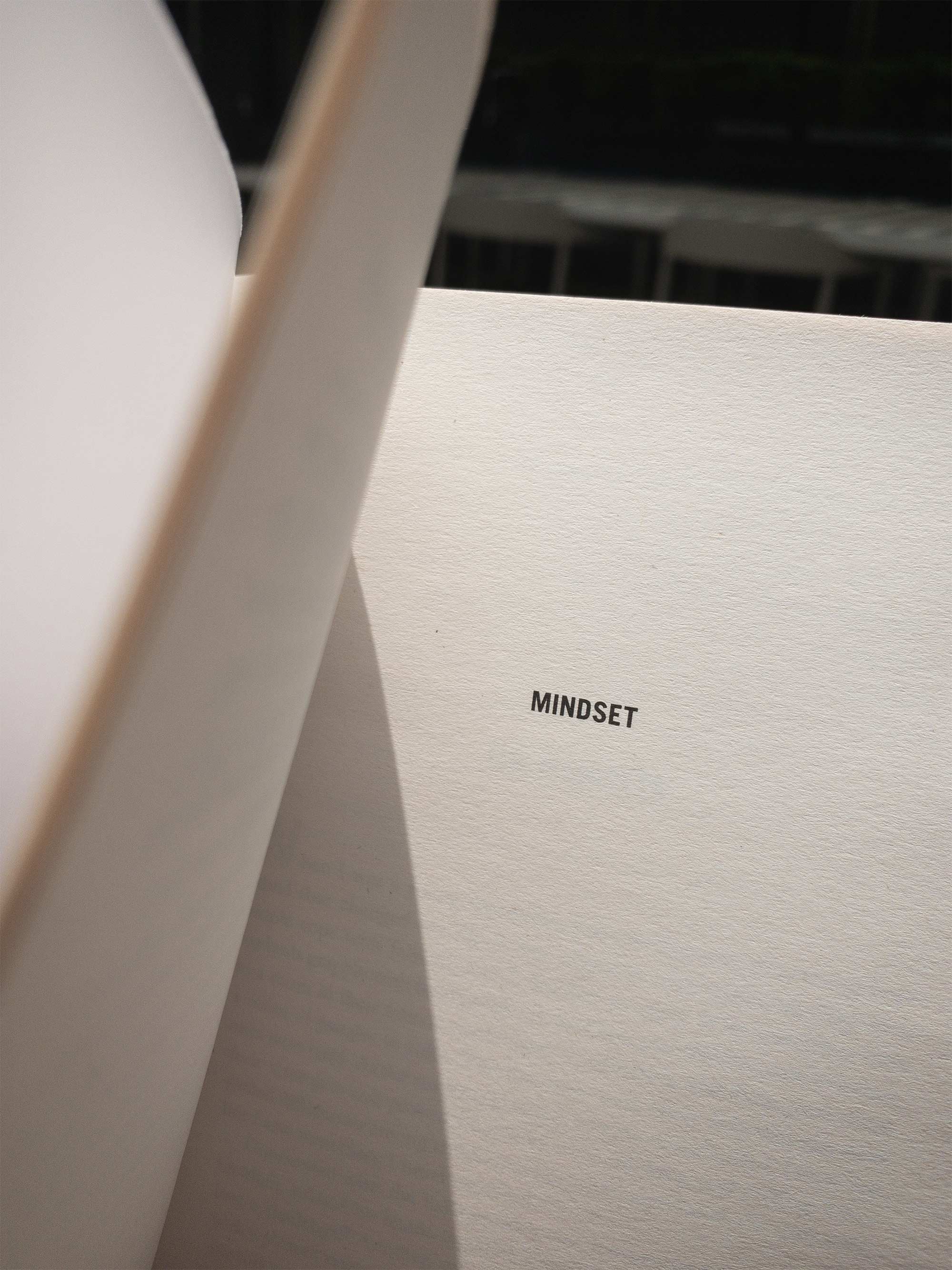

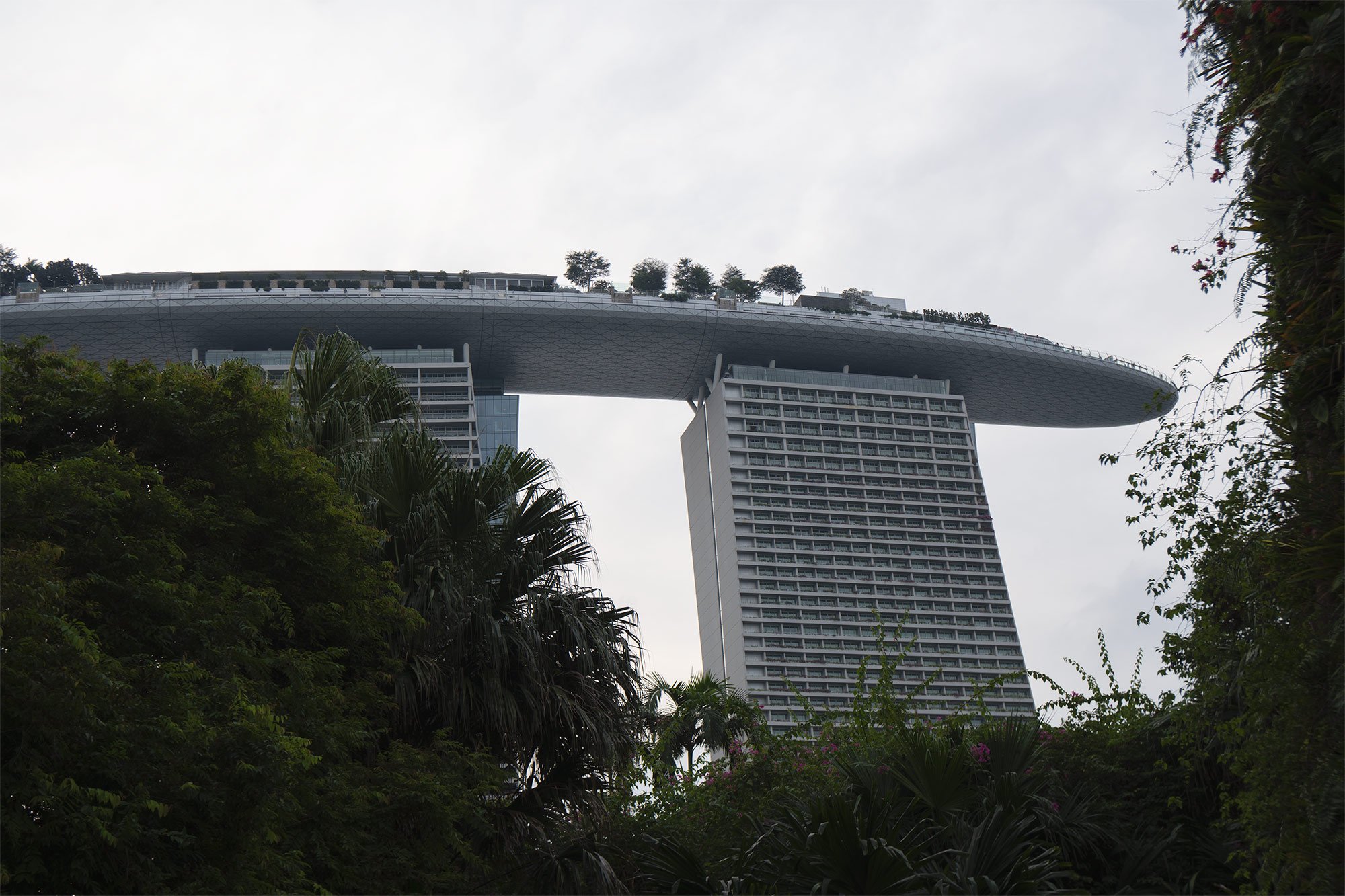
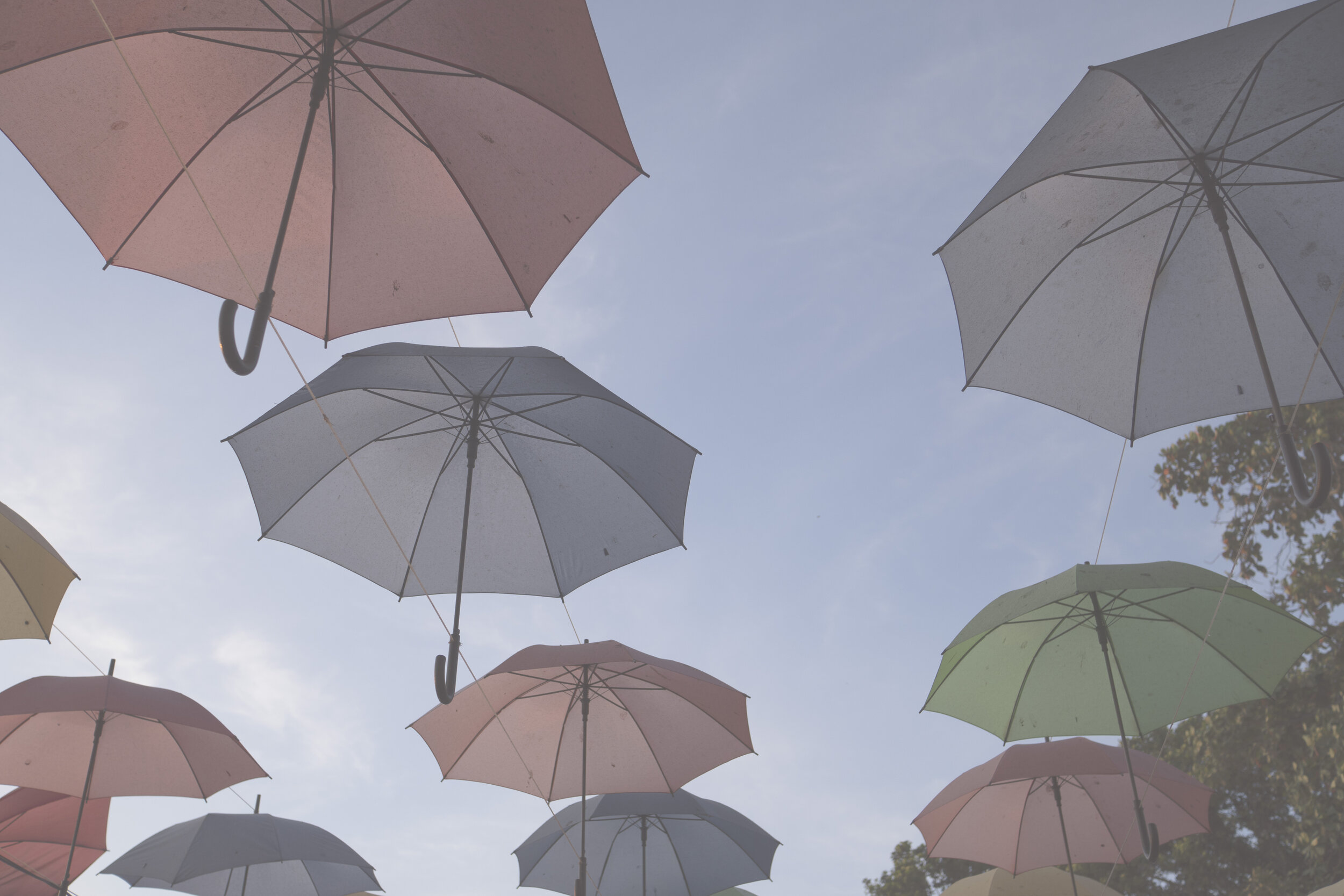
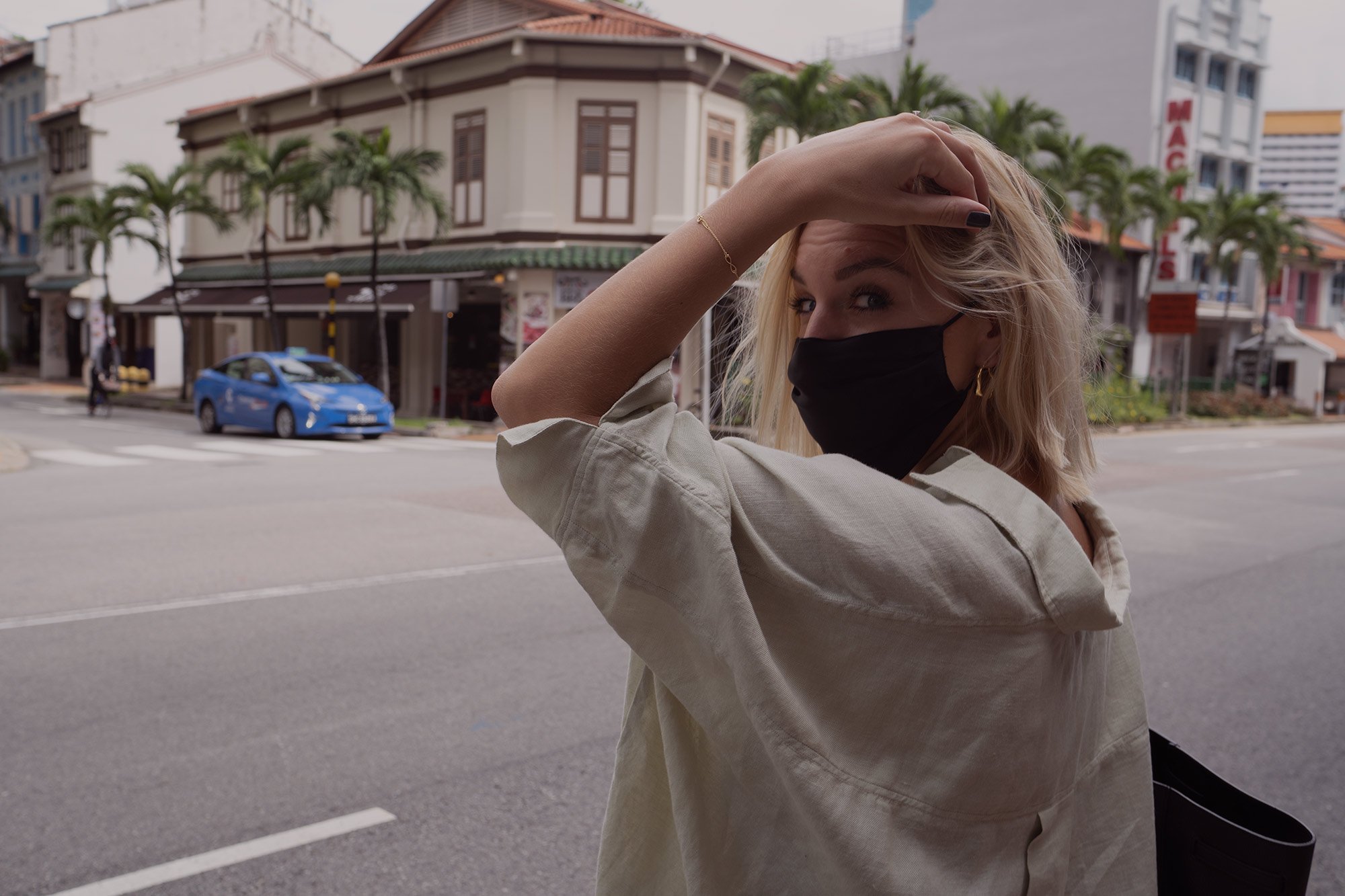
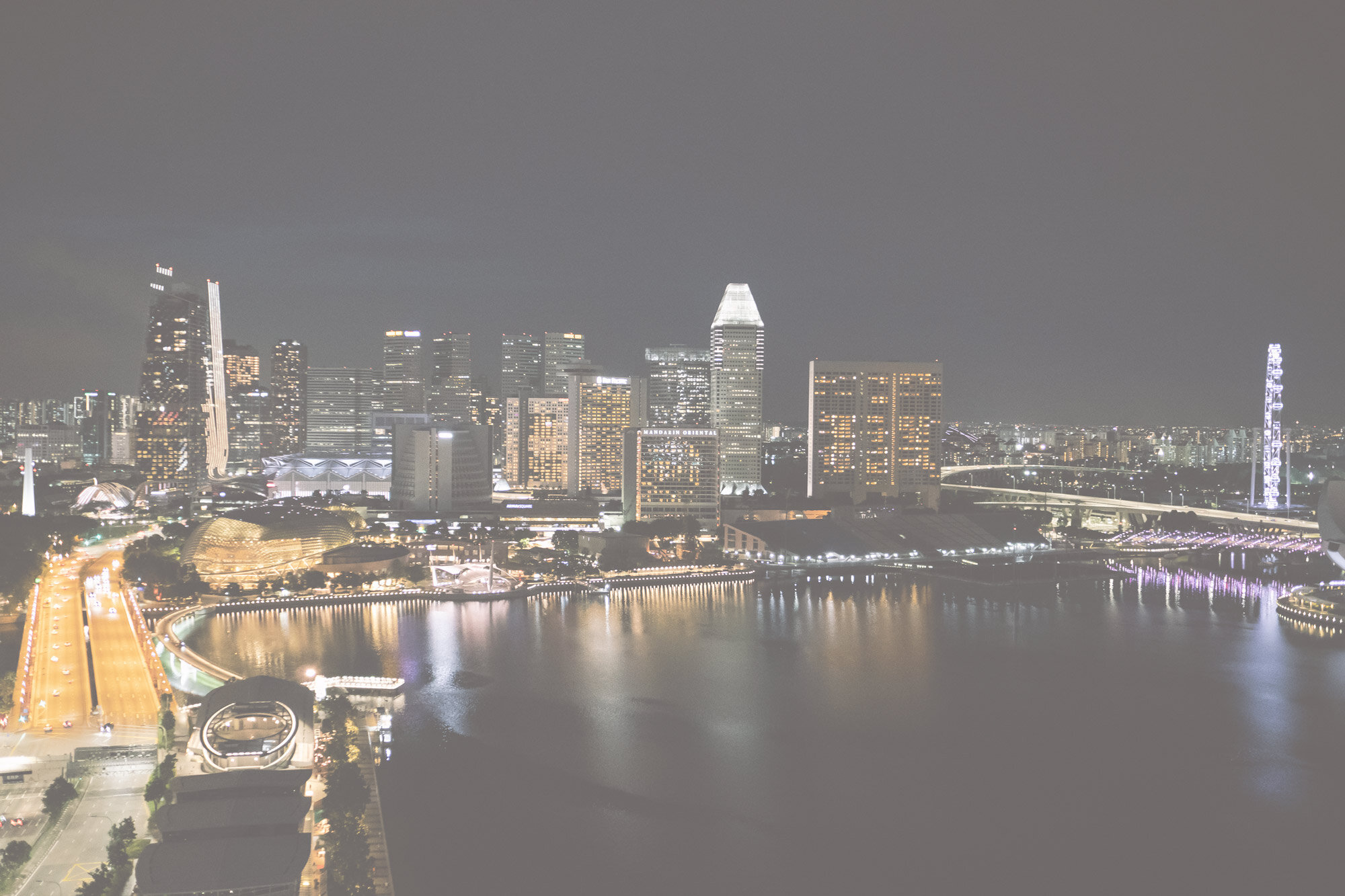
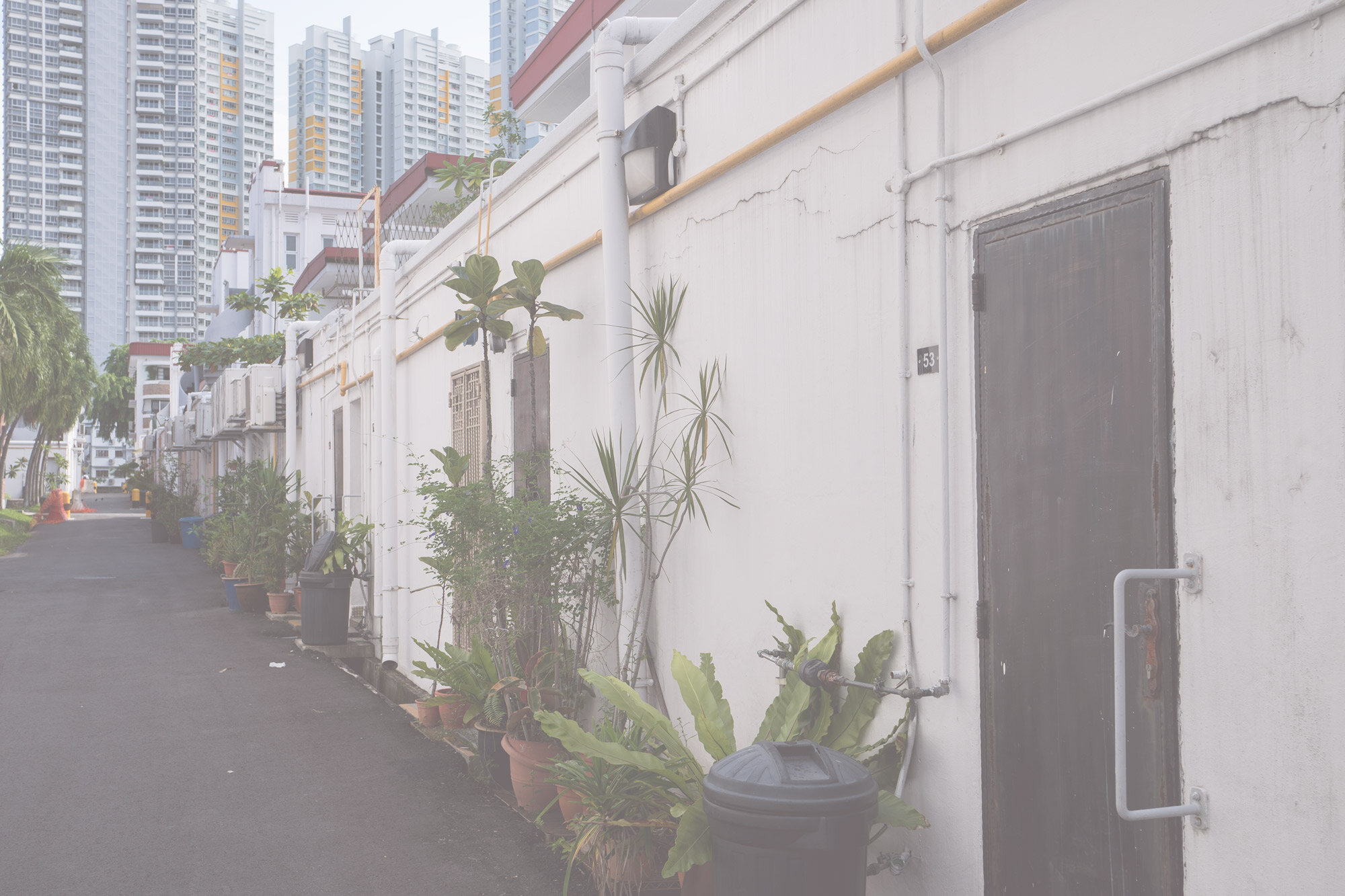

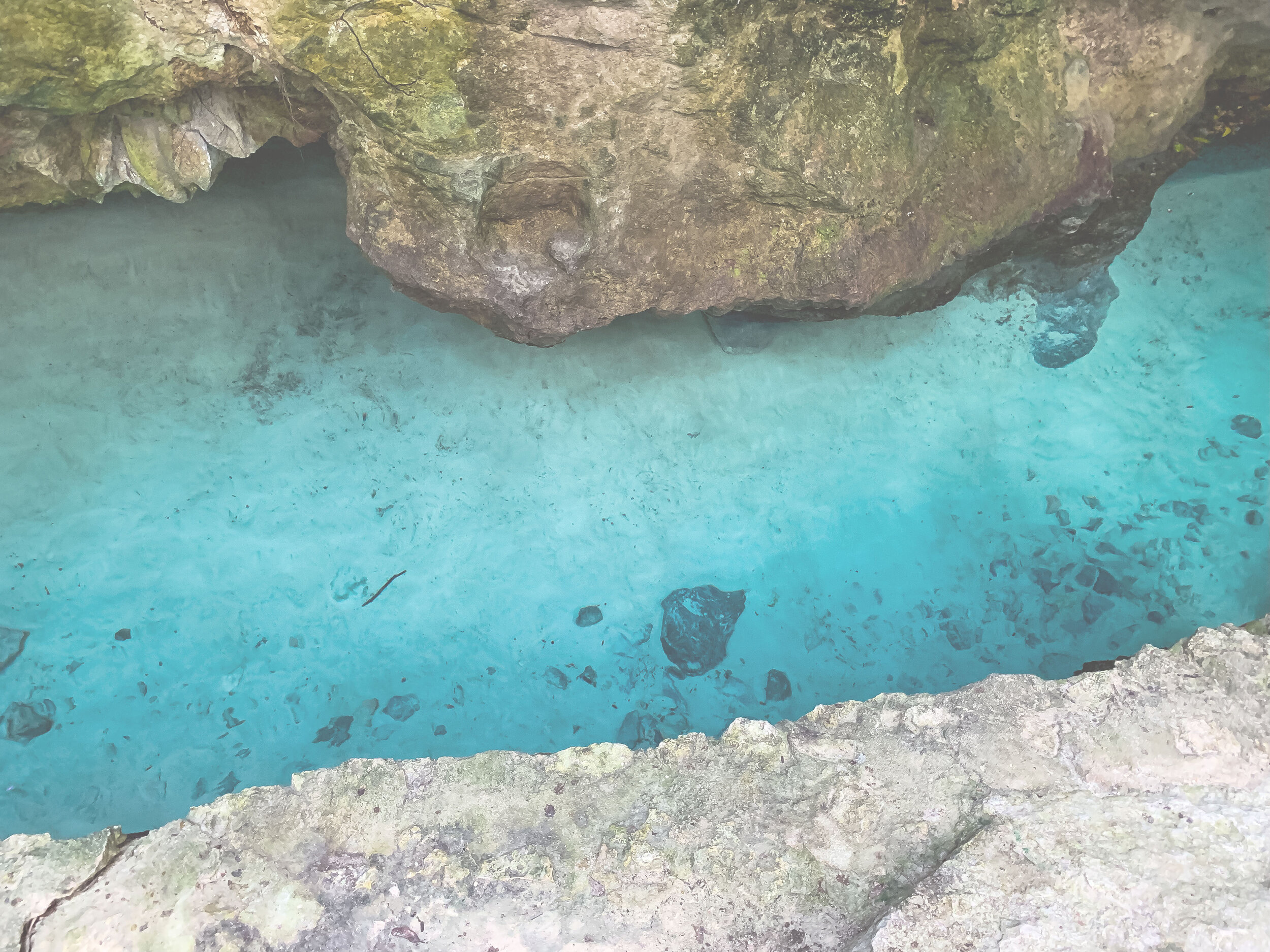
Alay
Wow Thanks for this posting i find it hard to get exceptional guidance out there when it comes to this topic appreciate for the site site